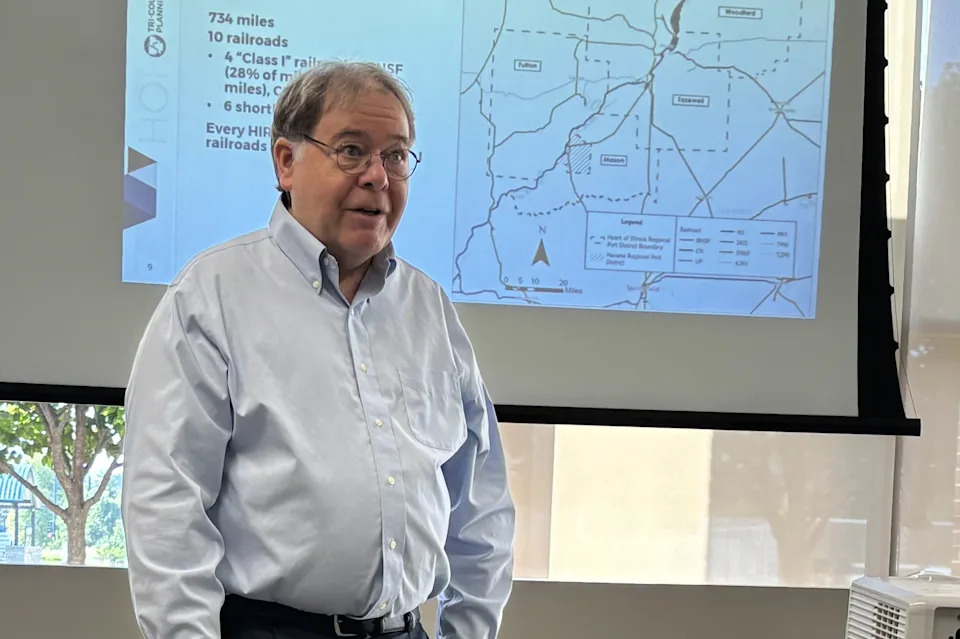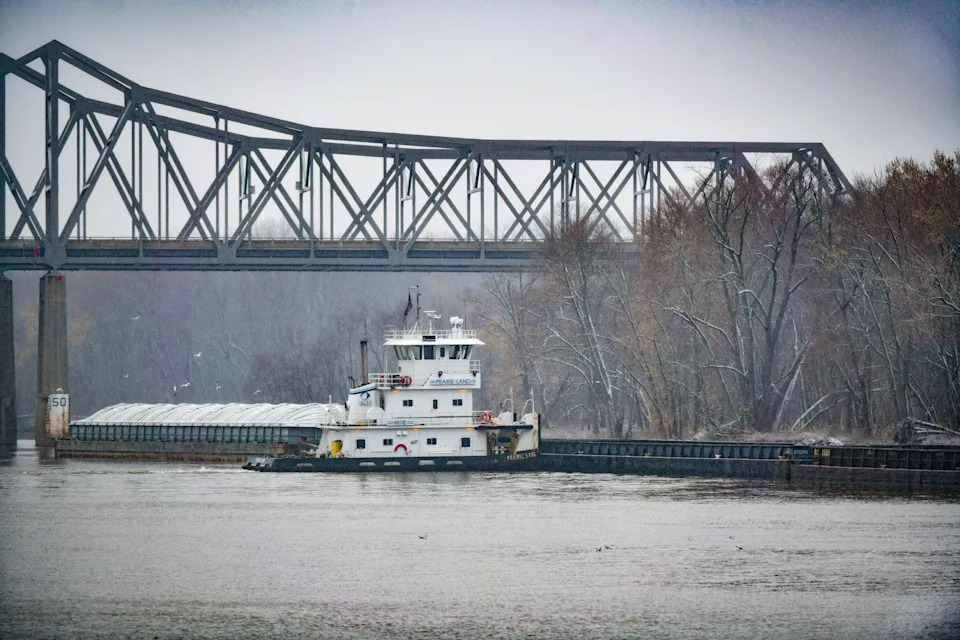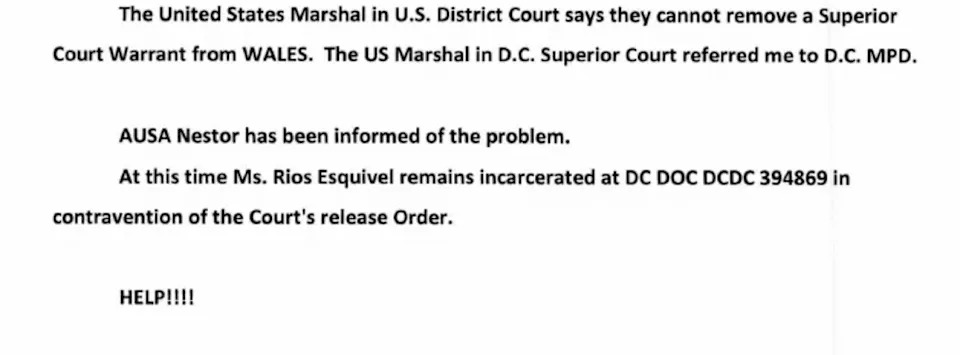EAST PEORIA — After more than two decades, the Heart of Illinois Regional Port District has launched a so-called master plan to begin revitalizing waterway transportation across central Illinois. The plan was unveiled Wednesday during a public presentation led by the HIRPD and the Tri-County Regional Planning Commission.
“This is really the first open meeting to discuss the strategy,” said Dan Silverthorn, HIRPD board chairman. “The port district’s been around for about 21 years. In the first four or five years, we were active and had a lot of success. When the Great Recession came along (in 2007 to 2009), we were inactive for some years. But recently, the state has changed its attitude as far as water transportation goes.”
The master plan was two years in the making, according to Ray Lees, the Tri-County planning commission's program manager. It began as a collaboration between bodies like the TCRPC, HIRPD, the Greater Peoria Economic Development Council, and other partners.
The Illinois Department of Transportation, which runs the port districts, awarded a grant to the planning commission, and the partners brought in engineering and design firm WSP USA. So far, the group is set up goals, improved assets and discussed development opportunities like land acquisition and economic develpment.
“The money for this exercise did not just fall into our laps,” Lees said. “We had to pursue it, and we were successful in getting it. I’ve had the pleasure of being the point person for the Tri-County Reginal Planning Commission. We’ve been monitoring (the planning) and trying to help where we can.”
What is part of the plan?

Alan Meyers, WSP USA project manager, outlined 10 recommended action items for the master plan including:
Creating marketing materials
Attracting investment
Continuing and expanding dialogue on specific properties with investment potential
Engaging with private freight companies
Regular collaboration between agencies involved in the master plan.
Maximizing grant opportunities
Developing a staffing plan
Partnering with other port districts for legislative support
Building sustainable revenue streams through facility development, bond financing, and partnerships
Establishing a $1 million annual operating budget
“This is kind of the end of a long process,” Meyers said. "It's had a lot of dialogue, and we've taken it about as far as we think we can under the circumstances. There's a lot of followup to be done over the next couple of years."
Meyers added that one of the key goals in developing the plan was to lay out a framework and identify a series of steps the group could take with other port districts and Illinois government agencies. “Port development from a public standpoint takes a village,” he said. “It’s an involved process with a lot of players.”

What kind of development is expected?
Market opportunities identified include container-on-barge services, coin-sorting and related products, fertilizer, aggregates, and iron, steel and metals, said Meyers. WPC USA identified metals as an underserved market with potential to at least double the current inbound steel product volume via water transport. The firm recommended that HIRPD explore partnerships with steel mills to establish a distribution facility in the region.
“Right now, folks are getting their stuff by truck,” Meyer added. “We’ve heard from folks that it would be nice if we could get this stuff here by the water. It would be cheaper, and it would be a lot a lot easier for us to then … grow the activity.”
East Peoria news: What does the future hold for East Peoria's historic Four Corners?
What is the Heart of Illinois Regional Port District?
The Heart of Illinois Regional Port District is one of 20 port districts statewide, according to Lees. HIRPD’s boundaries include Fulton, Marshall, Peoria, Tazewell, and Woodford counties, as well as all of Mason County apart from Havana Township. The district’s mission is to promote marine commercial activities throughout the region.
Marine cargo activity within the district "directly or indirectly supports 27,624 jobs," according to the state. The workers earn about $1.6 billion in wages and contribute about $2.7 billion to the state's gross domestic product, the state says.
This article originally appeared on Journal Star: Central Illinois port district master plan to improve waterway transportation








Comments